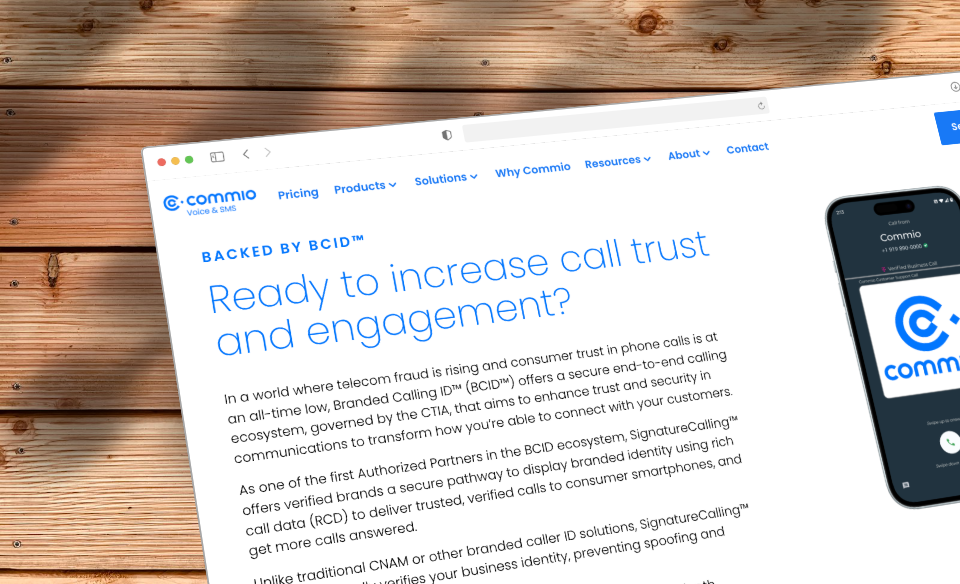As we settle into the new year, we’re seeing that some of the business changes that affected us last year are still active. We’re also seeing some new trends emerge that signal long-term changes you’ll need to plan for. Here’s what you need to know to prepare for success this year and in years to come:
1. Remote Is Still the Status Quo
Many workplaces – perhaps even yours – are still mainly staffed remotely. And even as pandemic restrictions have lightened, we see some businesses staying fully distributed or partially remote according to NPR.
This has been a boon to travel budgets, as many sales presentations have moved online instead of requiring teams to fly to in-person demos. And this is likely to continue, as buyers have become used to working with salespeople virtually. You can ensure that your sales teams have the tools they need for virtual kickoffs with each other and prospects, such as slide decks that are easy for prospects to understand – and small enough to email easily.
Also ensure that your sales team has access to on-demand trainings both about your products and about the tools they’ll be using for at least the near future to connect with prospects.
2. Agility Is Key
Although often used to describe development, agility is also key to sales enablement. Customer demand changes so quickly, and a sales team needs to be able to shift to meet that demand just as quickly.
Critical to your sales team’s agility is the level of cross-department communication that is facilitated and actively encouraged, especially as we remain remote and unlikely to overhear a conversation at the water cooler or while walking to a meeting.
Keep your teams in touch through tools that make collaboration fast and easy, and ensure that content and sales leaders can make quick decisions when sales teams need new materials to answer customer questions.
3. Revenue Goes Beyond Sales
Once a customer moves past the first sale, how do you support them? If they receive great service as they move from the sales team to the support team, they’re likely to become repeat buyers, investing more deeply into the solutions your company can offer them. That means all of your teams have a role in revenue generation, which is why some experts suggest shifting from a sales enablement focus to a revenue enablement focus company-wide.
4. Chatbots Provide a Critical First Touchpoint
Got chat? Your sales team is critical in providing potential customers with the information they need, but there are usually a few steps a prospect takes before they get in touch with a member of that group. They’ll visit your website and maybe sign up for a free report.
You can help prospects feel heard even before they interact with a human by providing a well-programmed chatbot to answer their initial questions and make sure they get the resources they need and in touch with the right person as soon as possible.
5. Data Drives Success
What are your most effective content pieces? How about your most successful salespeople? And even more critical, what makes them successful, and how can you emulate that success across the board? Data will help you track the effectiveness of tools and people to help everyone achieve their goals.
Data gathering and analysis will continue to be critical tools in helping improve outcomes and continue to plan successful campaigns – especially in the face of change. For example, if you find that case studies sell more effectively than white papers, you can ensure that new product launches are supported by happy customer stories.
Ready to support your sales efforts with a robust voice, text, and multimedia platform? Contact us to learn more and see a demo today.
















